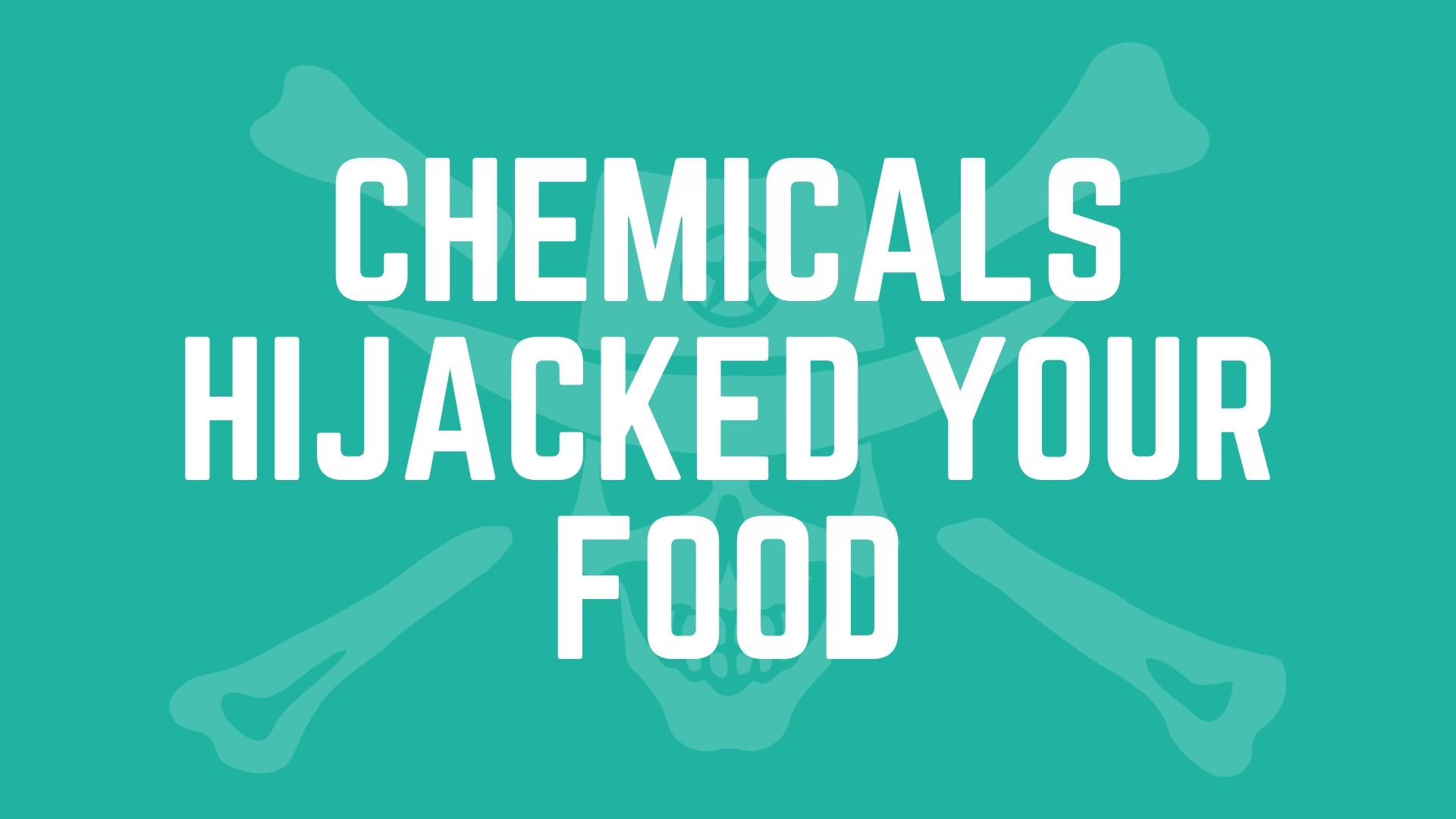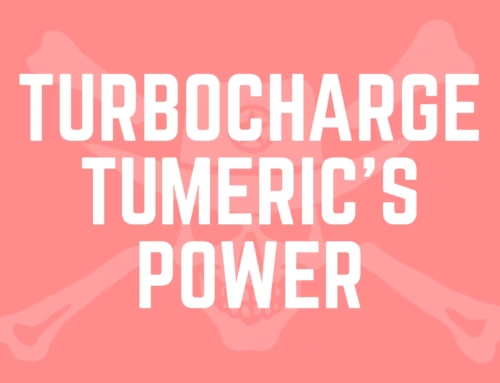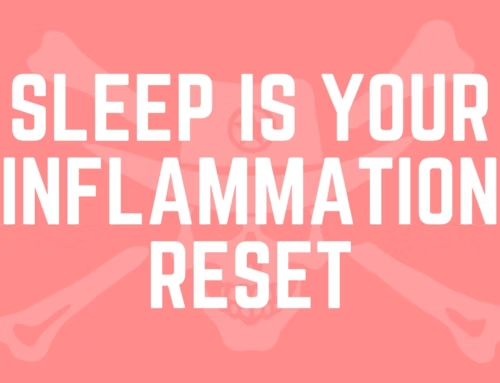Reclaim Your Health: 11 Outrageous Ingredients Hijacking Your Well-Being
- Quick Definition
- Behind the Curtain
- The Hidden Ingredients
- The Damage It Does
- The Toll Over Time
- Label Watch: Find It Fast
- Your Rebel Replacement
Let’s dive in—and start reclaiming your health, one label at a time.
Top 11 Outrageous Additivies in Your Food
1. Partially Hydrogenated Oils (Trans Fats)
Quick Definition: Industrially altered fats used to extend shelf life and improve texture.
Behind the Curtain: Vegetable oils are chemically hydrogenated under heat and pressure until solid at room temperature.
The Hidden Ingredients: Trans-configured fatty acids that your body cannot process normally.
The Damage It Does: Raises LDL (“bad”) cholesterol, lowers HDL (“good”) cholesterol, and promotes systemic inflammation.
The Toll Over Time: Strongly linked to heart disease, arterial plaque buildup, and increased mortality risk.
Label Watch: Find It Fast: Look for “partially hydrogenated” in margarine, baked goods, and packaged snacks.
Your Rebel Replacement: Use grass-fed butter, extra-virgin olive oil, or avocado oil for cooking and baking.
2. High-Fructose Corn Syrup (HFCS)
Quick Definition: A cheap, ultra-processed sweetener extracted from corn starch.
Behind the Curtain: Corn starch is broken into glucose molecules, then enzymes convert a portion to fructose.
The Hidden Ingredients: A mixture of glucose and fructose, typically 55% fructose, 45% glucose.
The Damage It Does: Rapidly spikes insulin and blood sugar, driving fat storage and cravings.
The Toll Over Time: Associated with fatty liver disease, obesity, metabolic syndrome, and diabetes.
Label Watch: Find It Fast: Listed as “high-fructose corn syrup” or “corn syrup” on sauces, cereals, and sodas.
Your Rebel Replacement: Sweeten with raw honey, pure maple syrup, or mashed banana/fruit purée.
3. Artificial Sweeteners (Aspartame, Sucralose, etc.)
Quick Definition: Chemically synthesized sugar alternatives marketed as zero-calorie sweeteners.
Behind the Curtain: Multiple chemical reactions on phenylalanine or sucrose molecules to produce sweet-tasting compounds.
The Hidden Ingredients: Compounds like aspartame, sucralose, acesulfame-K, often alongside bulking agents.
The Damage It Does: May disrupt gut microbiome, create metabolic confusion, and spike real-sugar cravings.
The Toll Over Time: Linked to weight gain, glucose intolerance, and altered appetite regulation.
Label Watch: Find It Fast: Look for “aspartame,” “sucralose,” or “acesulfame-K” on diet drinks and sugar-free products.
Your Rebel Replacement: Choose stevia leaf extract or small amounts of erythritol.
4. Sodium Nitrite/Nitrate
Quick Definition: Preservatives used in cured meats to maintain color and inhibit bacterial growth.
Behind the Curtain: Sodium or potassium is chemically bonded to nitrite/nitrate ions in industrial processes.
The Hidden Ingredients: Nitrite/nitrate salts that can convert to nitrosamines under certain conditions.
The Damage It Does: Forms carcinogenic nitrosamines when meats are cooked at high temperatures.
The Toll Over Time: Linked to higher rates of colorectal and stomach cancers.
Label Watch: Find It Fast: Listed as “sodium nitrite” or “sodium nitrate” on deli meats, hot dogs, and bacon.
Your Rebel Replacement: Opt for nitrate-free or uncured meats; cook at lower temps and pair with antioxidant-rich foods.
5. BHA & BHT (Butylated Hydroxyanisole & Butylated Hydroxytoluene)
Quick Definition: Synthetic antioxidants added to oils and fats to prevent rancidity.
Behind the Curtain: Phenolic compounds are chemically altered to create stable, fat-soluble preservatives.
The Hidden Ingredients: BHA and BHT molecules designed to neutralize free radicals in fats.
The Damage It Does: Animal studies indicate potential carcinogenicity and endocrine disruption.
The Toll Over Time: Possible hormone imbalances, organ toxicity, and increased cancer risk.
Label Watch: Find It Fast: Appears as “BHA” or “BHT” in snack foods, cereals, and packaged meats.
Your Rebel Replacement: Choose products preserved with mixed tocopherols (vitamin E) or eat fresh/frozen foods.
6. Maltodextrin
Quick Definition: A white powdery starch used as a bulking agent and sweetness booster.
Behind the Curtain: Corn or potato starch is partially hydrolyzed by acids or enzymes, then spray-dried.
The Hidden Ingredients: Chains of glucose molecules, often with trace pesticides or heavy-metal residues.
The Damage It Does: Causes rapid blood-sugar spikes and may irritate the gut lining.
The Toll Over Time: Linked to insulin resistance, fatty liver, and immune modulation.
Label Watch: Find It Fast: Look for “maltodextrin” on bars, sauces, and “protein” products.
Your Rebel Replacement: Use ground oats, chia seeds, or pureed vegetables to thicken.
7. TBHQ (Tertiary Butylhydroquinone)
Quick Definition: A potent synthetic antioxidant that preserves shelf life in oils and processed snacks.
Behind the Curtain: Derived from phenolic hydrocarbons through chemical synthesis.
The Hidden Ingredients: A concentrated antioxidant compound, far more powerful than natural alternatives.
The Damage It Does: Animal studies link it to liver enlargement and possible neurotoxicity.
The Toll Over Time: Potential organ stress, cellular damage, and increased cancer risk.
Label Watch: Find It Fast: Listed as “TBHQ” on chips, crackers, and cooking oils.
Your Rebel Replacement: Choose brands using mixed tocopherols (vitamin E) or shop fresh/frozen produce.
8. Azodicarbonamide
Quick Definition: A “dough conditioner” and bleaching agent in commercial breads and baked goods.
Behind the Curtain: Produced via chemical processes that release semicarbazide and urethane byproducts.
The Hidden Ingredients: Azodicarbonamide plus trace contaminants, some classified as allergens.
The Damage It Does: Linked to respiratory issues like asthma in bakery workers; byproducts are suspected carcinogens.
The Toll Over Time: Potential respiratory irritation and carcinogenic risk with repeated exposure.
Label Watch: Find It Fast: Appears as “azodicarbonamide” on mass-produced breads and rolls.
Your Rebel Replacement: Bake at home with simple flours or buy artisan breads made without conditioners.
9. Carrageenan
Quick Definition: A seaweed-derived thickener and stabilizer in dairy alternatives and low-fat foods.
Behind the Curtain: Extracted from red seaweed using alkali processing and filtration.
The Hidden Ingredients: Polysaccharide chains that can vary in molecular weight and purity.
The Damage It Does: Can trigger gut-lining inflammation and digestive discomfort.
The Toll Over Time: May exacerbate inflammatory bowel conditions and impair nutrient absorption.
Label Watch: Find It Fast: Listed as “carrageenan” or “Irish moss” in dairy substitutes and low-fat yogurts.
Your Rebel Replacement: Choose full-fat dairy, homemade nut milks, or products thickened with guar or xanthan gum.
10. Propylene Glycol
Quick Definition: A synthetic compound that retains moisture in frostings, dressings, and whipped toppings.
Behind the Curtain: Produced by hydration of propylene oxide in industrial reactors.
The Hidden Ingredients: A clear, odorless liquid often blended with flavorings and stabilizers.
The Damage It Does: Animal data suggests possible organ toxicity; some report headaches or skin irritation.
The Toll Over Time: Potential tissue buildup, kidney stress, and allergic reactions.
Label Watch: Find It Fast: Listed as “propylene glycol” in frostings, dressings, and sauces.
Your Rebel Replacement: Use fresh whipped cream, homemade dressings, or natural gums (guar, xanthan).
11. Artificial Dyes (Red 40, Yellow 5, Blue 1, etc.)
Quick Definition: Synthetic colorants added for bright, uniform hues in candies, cereals, and beverages.
Behind the Curtain: Derived from petroleum or coal tar through complex chemical reactions.
The Hidden Ingredients: Pure dye compounds plus inert carriers and preservatives.
The Damage It Does: Linked to hyperactivity in children, allergic reactions, and potential carcinogenic effects.
The Toll Over Time: Chronic exposure may contribute to behavioral issues, allergies, and cellular damage.
Label Watch: Find It Fast: Look for “Red 40,” “Yellow 5,” “Blue 1,” etc., on brightly colored products.
Your Rebel Replacement: Choose whole fruits and vegetables for natural color or spices like turmeric and beet powder.
Conclusion & Next Steps
Every ingredient you remove is a victory in reclaiming your health. This week, audit your pantry: eliminate at least one of these 11 saboteurs and replace it with an Outlaw-approved swap. Remember—without time and health, nothing else matters.
Eat cleaner. Choose whole foods. By fueling your body with real, unprocessed ingredients, you’re investing in your own longevity—and making memories that last with your spouse, your kids, and your friends. When you care for your health today, you’ll live stronger, longer, and freer to seize every adventure.
Don’t forget to download your PDF Delete Sheet: 11 Outrageous Food Additives—your quick reference for any grocery run.
Hungry for more? Check out 11 Outrageous Drink Additives Hijacking Your Health for the full pantry exposé.





